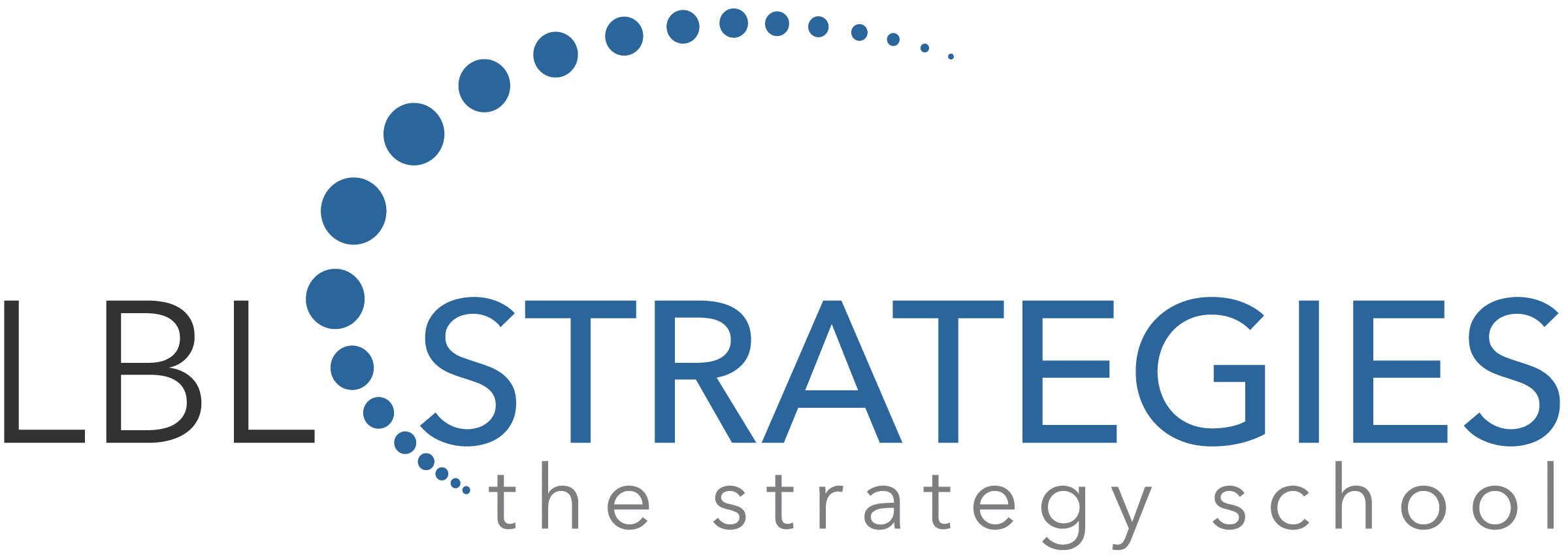Will Rogers’ quote, “Even if you’re on the right track, you’ll get run over if you just sit there,” is truer today than ever before. Changes in business and organization environments seem to be occurring at warp speed bringing with them not only new challenges but also opportunities that were unknown a short while ago.
In many industries, multi-year strategic plans and even annual budgets and work plans have quickly become relics. To keep from getting run over or headed down a blind alley, it is imperative for organizations to become more agile in all facets from environmental assessment, strategy development and implementation, and resource allocation.
Becoming more agile requires shifting how the organization is designed and operates. Becoming more ‘flattened’ by empowering teams to make decisions when directional changes are necessary. In doing so, good governance at all levels is a must to prevent chaos.
While the organization retools itself to become more agile, the tenants of/basics of its governance must remain the same. In a macro sense ‘good governance” includes, planning for, development of, and implementation of a consistent decision-making structure and process. It includes role definitions, operational policies, implementation guidance, and communications training required for good governance to occur.
Why is good governance important, even within the agile organization? It preserves customer and stakeholder confidence and provides the necessary foundation for high performance and the ability to respond to change. Like in traditional organizations, good governance is about the processes for making and implementing decisions while minimizing risks, which is as important within empowered teams and working groups as it is in the board room.
The bedrock of good governance at all levels of the agile organization is the same as those in a traditional organization. They are:
- Open communications and healthy debate
- Leaders understand that people buy into what they help create
- Everyone’s views counts
- The focus is on resolving issues or taking advantage of opportunity
- Everyone understands their individual roles as well as those of the group whether it’s senior leaders, an implementation team, a planning committee, or the board itself
- Everyone commits to the decisions of the team even if one doesn’t agree with them
- Everyone focuses their energies on delivering results
- Senior management commits to and embraces the required change
- Accountability is expected and is built into the organization culture
With these elements built in, governance needs to be simple, transparent, and supportive so that it assures the agility to shift direction when it is necessary. It must embrace giving teams greater authority to make decisions within the basic elements of good governance. But with it comes the need to monitor, support, and help steer.
In closing, those who will not just succeed, but flourish in these chaotic times, will do so by embracing change both externally and internally. Agility will become their organization’s mantra. And good governance applied throughout will be their foundation for moving forward.
About the Author
Don Ricketts’ success in growing volunteer-led organizations is a direct result of strong strategic planning and management skills coupled with solid experience in leadership development. He built what became a model for the coordinated consumer marketing efforts between states and their national organization and is known as an expert in organizational structure and governance.
His strategic, customer driven “outside-inside” approach has resulted in a proven track record in creating innovative programs and services, transforming key organization functions, and successfully tackling difficult assignments covering broad and diverse areas. To illustrate, Ricketts’ accomplishments include:
- Designing strategic planning procedures that led 45 state beef promotion organizations to adopt development of annual marketing plans.
- Creating comprehensive governance resources for volunteer leaders and staff of a major national organization and its many affiliates that enhanced performance and compliance.
LBL Strategies Education, Training and Certification
LBL Strategies is a valued resource for strategy professionals across the globe from all sectors.
Registration is open for the upcoming “open enrollment” cohort of the “Mastering Agile Organization Design” certification program training professionals to construct high-performing, agile and responsive organizations. Participants will learn how to anticipate and overcome shifting priorities and unforeseeable obstacles through the practical application of organizational design principles, strengthening team collaboration and placing emphasis on systems thinking, planning and action.
We are a Registered Education Provider for the International Association for Strategy Professionals (IASP). LBL’s “Mastering Strategy” programming is important learning in preparation to pursue IASP “industry” level certification at both the “Strategic Planning Professional” (SPP) and “Strategic Management Professional” (SMP) levels.
